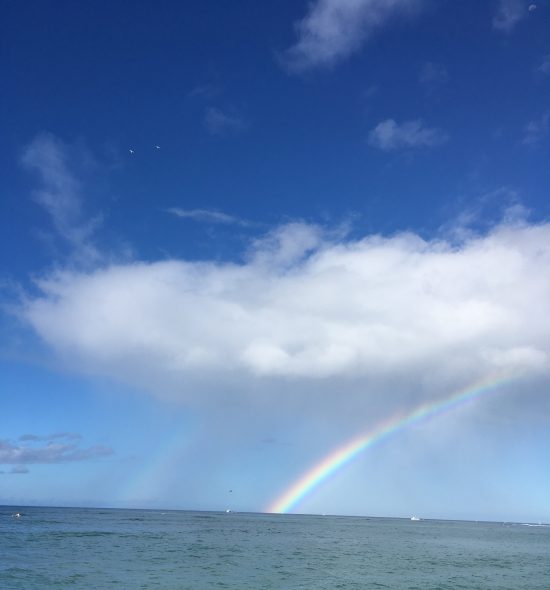
“no stories – only fragments”
This note could potentially have so many different entering points that I have spent almost an hour just to come about the first sentence. Where is the starting point? What was the beginning? Is this the reasonable entering point, or that one? Is it about the personal histories or about the archives? Is it about artistic backgrounds or is it about backgrounds in general? What is the general background of something? Does its narration has an arc and why? Is there a point in cohesiveness? Are the occurrences cohesive, let alone linear, at all? If there are some scattered fragments – do they somehow belong to the whole? Or are they only scattered because of, well, their scatteredness. For example, there are few behavioral researches that are clearly stating that humans read their surroundings based on their personal discernment, ignoring the surplus that does not add to their immediate interest at that moment. Which is also a matter of the capacity; we would not be able to absorb all of the input available in each moment even if we wanted to – we would collapse under the sheer amount of diverse impression-data.
Another question. What are your tools of remembering series of numbers, i.e. diverse pins? I manage to remember them if I put them in a little rhythmical flow but I have to tell the sequence from beginning to end. Am I, in a way, storing the rhythm of it, the sequential entity, the imprint? I am not suppose to note it down so it needs to be stored somewhere. That is one hell of a reliance on the memory alone. It presupposes that your personal memory should be perfectly reliable and immensely functional. But the sequential nature of it keeps you also in a grip of an oppressive cohesiveness of its consecutive order. To not to have to memorize is then an extraordinary delight. A splendor of going through your day from whichever point of view, just entering in to any fragment of occurrences and exiting without the trace; no archives, nothing to remember.
In his essay “The Loneliness of the Project”, Boris Groys writes that “all documentation is generally suspected of inexorably usurping life … for it is the very uniqueness of life that constitutes its vitality.” Unique not in a sense of being special, unusual or idiosyncratic but unique in its primary sense of being in its singular oneness. So in a collapse of the consecutive order, in a collapse of the narration lies a horizon of a singularity that then already contains all possible entering points that are to be imagined as located along the sphere or a volume, contingently dispersed and in continuous motion.
So in a sense, we are already there and then, and there is nothing to accumulate, and we have been nowhere and already everywhere, as the distances are not material but are transcending, and it is not about maintaining but about breathing, sliding in and out of the point in time.
And as we share our background stories, it is only to help each other to escort them on their way out, holding that empty space for each of us, to breathe in it freely, overpassing memorical traces, being endless, eternal.
May our backgrounds be infinitely floating.
Published: 17/10/18
On backgrounds of choreographic becoming, personal histories and loneliness of the project. Written by: Marjana Krajač
